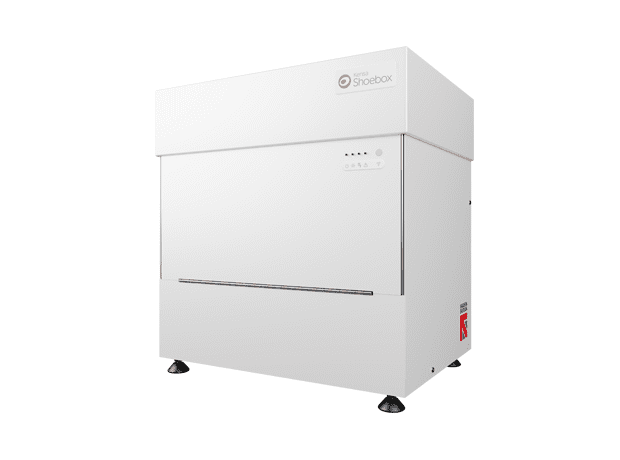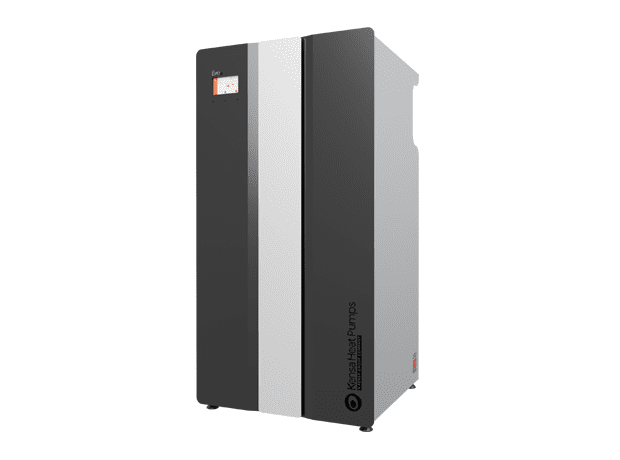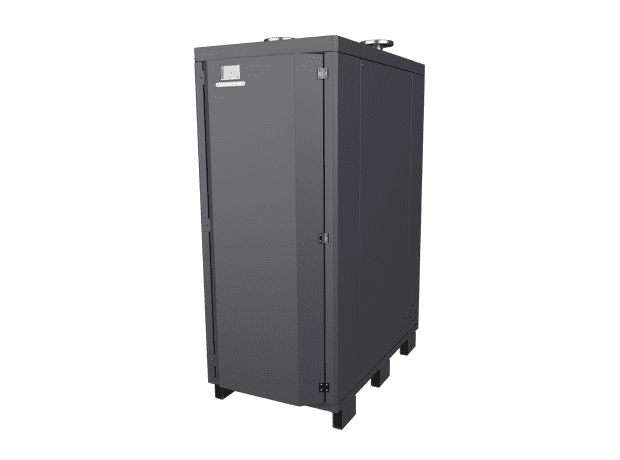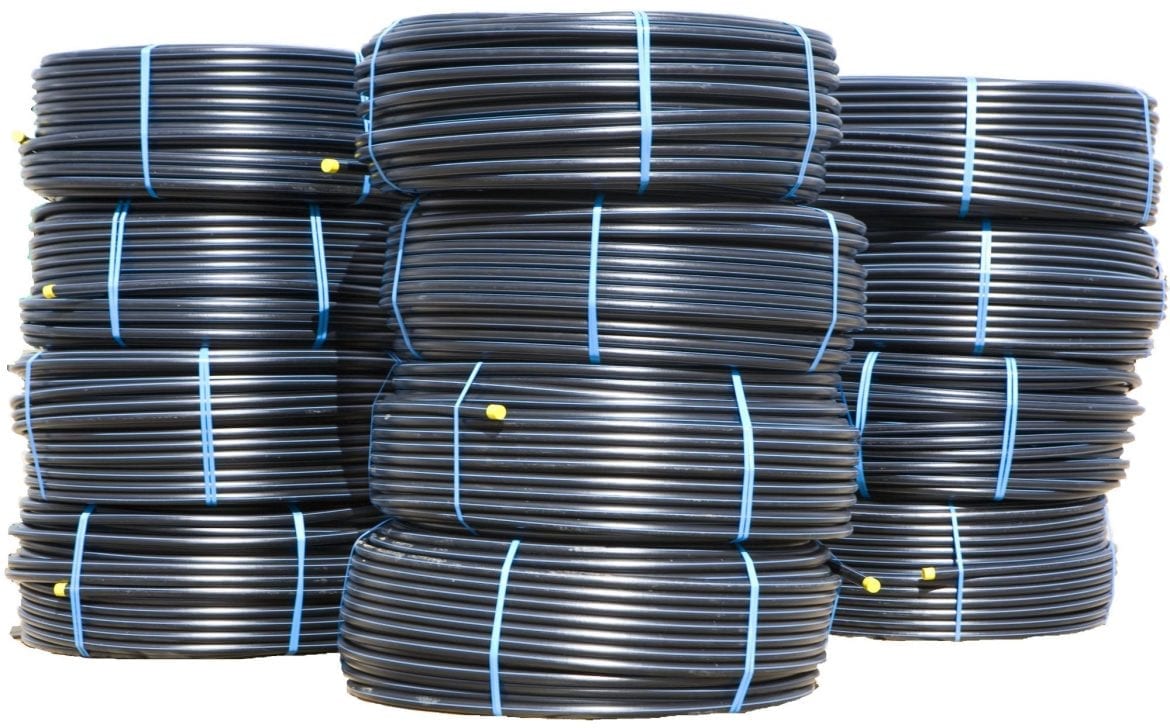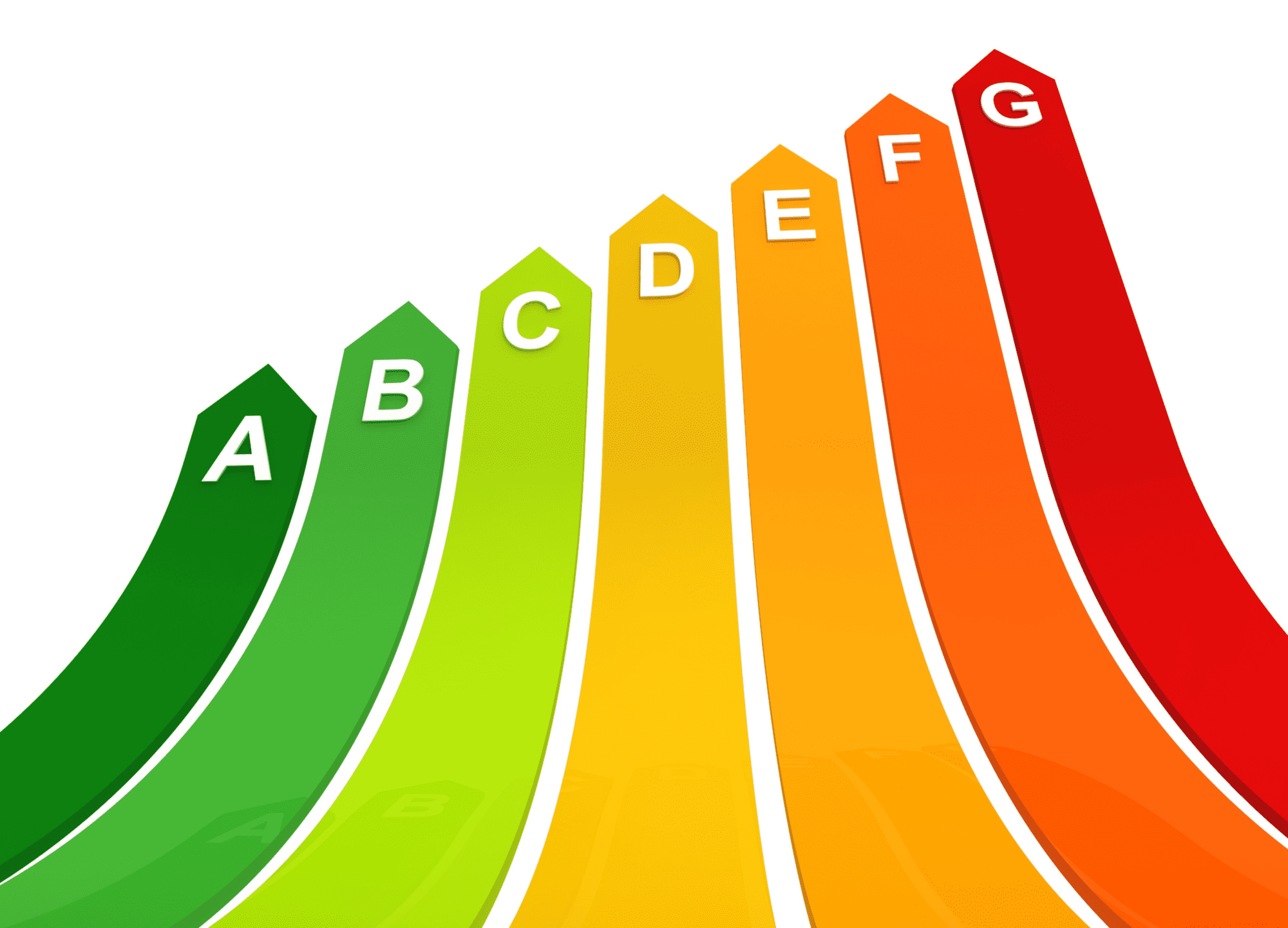Standard Assessment Procedure (SAP)
What is SAP?
SAP is the Government’s standard methodology for assessing the energy consumption in new domestic dwellings. Currently, SAP2012 is the methodology in the majority of places in the UK. However, SAP 10.1 will soon be the latest version of SAP – encompassing new and improved standards.
How do ground source heat pumps improve SAP ratings?
According to the 10.1 SAP proposal, ground source heat pumps could reduce CO² emissions by about 84% compared to gas and 89% compared to oil. Thanks to their efficiency, ground source heat pumps use renewable energy to reduce consumption, conform to carbon compliance and improve new builds’ SAP ratings.
How is SAP calculated?
The SAP scale runs from 1 (poor) to 100 (excellent) and is based on the estimated annual energy use for space heating, domestic hot water, ventilation and internal fixed lighting. A SAP score of 100 represents zero energy cost for these items. It can be above 100 for dwellings that are net exporters of energy.
Under the proposed SAP 10.1, carbon emission factors of different technologies will change. For example, the CO² factor of electricity will be reduced from 0.519 kgCO²/kWh to 0.136 kgCO²/kWh. This is a result of the rapid decarbonisation of the National Grid.
Ground source heat pumps can help dwellings achieve compliance with Building Regulations by reducing the Dwelling Emission Rate (DER). The DER and Target Emission Rate (TER) are calculated according to SAP for domestic buildings and are based on the CO² emissions. Meanwhile, the Simplified Building Energy Model (SBEM) calculation is used for commercial projects.
How will SAP 10.1 impact heat pumps and gas?
Under the 10.1 SAP proposal, the actual CO² emission rate for providing heat to a building with a heat pump is 0.034 kg CO²/kWh. Compare this to gas, which also under the proposal, is 0.298 kg CO²/kWh and oil, which is 0.210 CO²/kWh.
As a consequence, the DER is significantly reduced. Such is the reduction, there might be an opportunity to downgrade the insulation specification and still achieve an acceptable DER. However, this tactic is not recommended because any increase in the property’s heat load will result in a higher flow temperature, a less efficient heat pump and higher running costs.
Later editions of the SAP software are likely to demonstrate even higher efficiencies as BRE, the auditors of the scheme, recognise improved performance data supplied by various manufacturers and the decarbonisation of the electricity grid. This means that the CO² emissions will be lower for a ground source heat pump than other non-renewable fuels.
What is the Simplified Building Energy Model (SBEM)?
SBEM uses a computer program developed by the Building Research Establishment (BRE) that provides an analysis of a commercial building’s energy consumption. It’s a recognised method to assist with compliance with the Part L Building Regulations in England and Wales. These regulations cover the conservation of fuel and power.
An SBEM Energy rating is not a design of the heating, ventilation or lighting system, which may be required for more complex building types. SBEM can be provided by some SAP assessors, or a Building Services Engineering Company.


